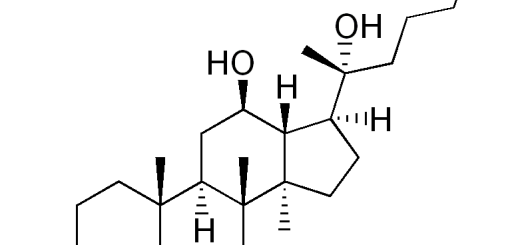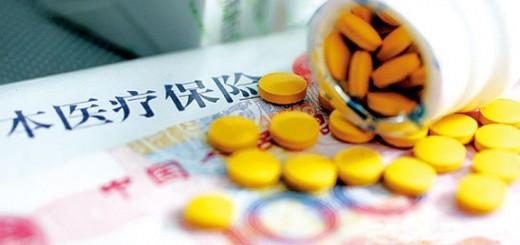| Share This Article
Research Frontiers of Medicinal Plants |
||
| DOWNLOAD |
|
Downloads Pharmacological Review of Ginsenoside Dammarane Saponin Rh2 Downloads Pharmacological Review of Ginsenoside Dammarane Saponin Rg1 Downloads Pharmacological Review of Ginsenoside Dammarane Saponin Rb1 Downloads Pharmacological Review of Aglycon Dammarane Sapogenin (AGS) – Protopanaxatriol (PPT) Downloads Pharmacological Review of Aglycon Dammarane Sapogenin (AGS) – Protopanaxadiol (PPD) |
Ginsenoside Rg1 helps neural stem cells repair ischemic brain injury
Vascular brain diseases include hemorrhagic and ischemic strokes, and 85% are ischemia related. Brain ischemia is a condition in which there is insufficient blood flow to the brain to meet metabolic demand. Symptoms of brain ischemia can include unconsciousness, blindness, problems with coordination, and weakness in the body. In acute phase, definitive therapy is aimed at removing the blockage by breaking the clot down (thrombolysis), or by removing it mechanically (thrombectomy), whch are required to be performed in a strict timeframe, usually in 4 hours. However, most patients admitted into hospital miss this therapeutic window, and treatments are symptomatic or palliative in aim to help those with disabling strokes return to normal life as much as possible. Nowadays, stem cells have been attempted after ischemic stroke for better clinical outcomes. Recently, cocorrent use of neural stem cells with ginsenoside Rg1 shows a promising results in animal model of ischemic stroke. Chinese scientists used ginsenoside Rg1 to stimulate neural stem cells first before these stem cells were injected back into the newborn mouse brain. After one week, the mice with injection of Rg1 stimulated stem cells received more neural function restoration, and more neuron repair was spotted under microscopy. This encouraging results were published on “China Journal of Chinese Materia Medica”, 2012. Title: Study on functional recovery of hypoxic-ischemic brain injury by Rg1-induced NSCs 【Abstract】: Method: The neonatal rat model of HIE was established and assessed by using TTC staining and behavioral observation,then Rg1-induced NSCs was transplanted into the neonatal rat of HIE by lateral ventricle injection. Water maze test and somatosensory evoked potential were detected to observe brain function and the immunohistochemistry was done to assess growth and differentiation about transplanted NSCs a month after transplanted. Result: The transplantation of Rg1-induced NSCs could significantly shorten incubation period, swimming distance, exploration time of target quadrants of water maze test and incubation period and amplitude of somatosensory evoked potentials. Additionally, the concentrated expression appeared in the hippocampus and grew around the ischemic injury area in transplantation group. Conclusion: Transplantation of Rg1-induced NSCs play a better role in the treatment of neonatal HIE rats. |








